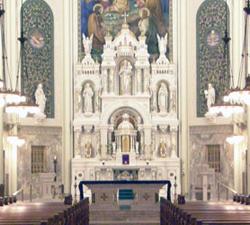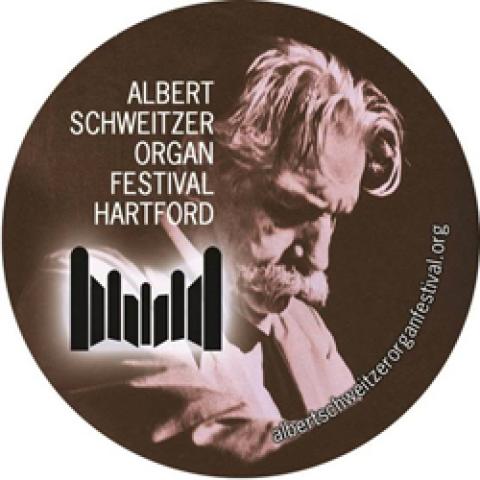
The Music Ministry of the School Sisters of St. Francis, an international community of Catholic sisters, announces a competition for an SSA composition to be premiered at the centennial celebration of the congregation’s landmark St. Joseph Chapel in Milwaukee on March 19, 2017.
A $1,500 prize will be awarded for a composition of up to five minutes in length, on a new text being written for the occasion. An application, guidelines, and a copy of the text is available from Sister Mary Jane Wagner, Director of Music Ministry, mjwagner@sssf.org. The competition will close on November 22, 2016.
For information about the School Sisters of St. Francis and their chapel, visit www.sssf.org.



